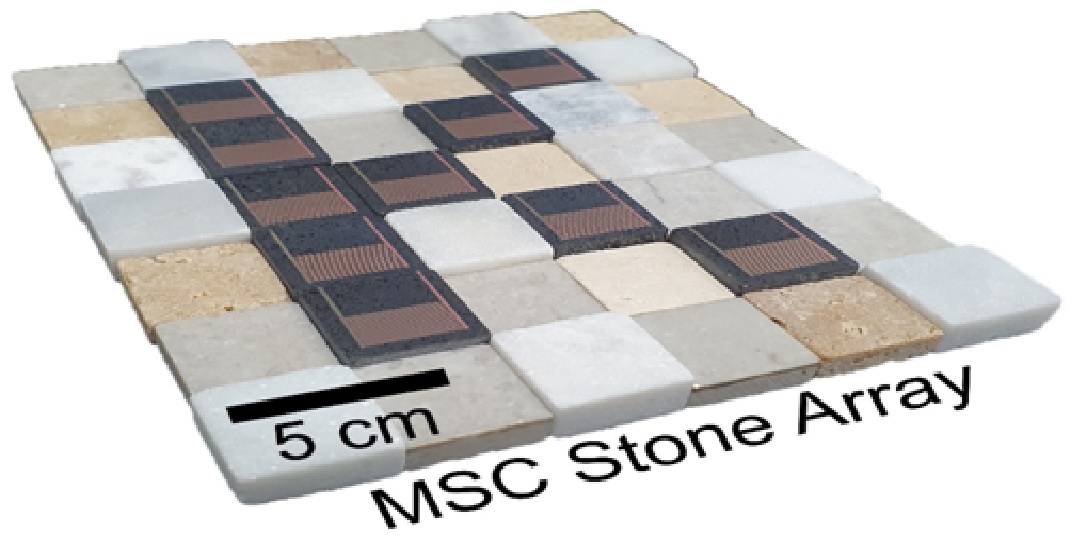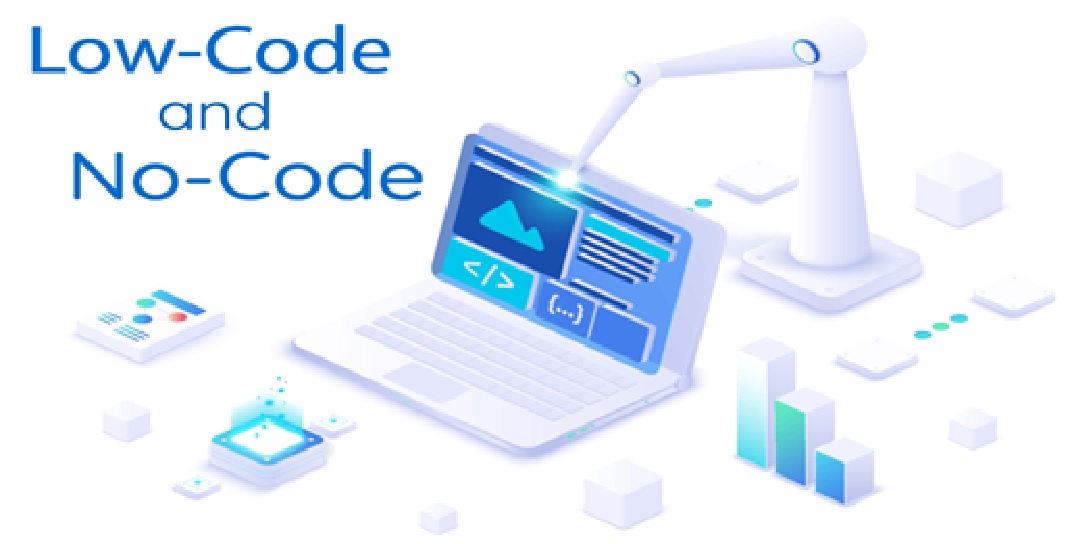Overview of Computer-assisted education
The use of computers and software to assist education and/or training, computer-assisted education brings many benefits and has many uses. For students with learning disabilities, for instance, it can provide personalized instruction and enable students to learn at their own pace, freeing the teacher to devote more time to each individual. The field is still growing but promising, with many educators praising its ability to allow students to engage in active, independent and play-based learning. [1]

Figure 1. The Overview of Computer-assisted education
Figure 1 shows Stand-alone computer programs are the typical components of computer-assisted learning. These programs are designed to reinforce lessons learned in traditional classroom settings. Popular subjects for computer-based learning are typing and languages. Students learning these subjects benefit from the kind of adaptive repetition that a computer program can supply. This adaptivity means that the program can recognize patterns of weakness and can tailor questions and activities to strengthen those areas in a way that a written workbook would be unable to replicate. [3]
Computer Assisted Learning Help Students with Languages
While the use of CAL can be useful in any classroom, it’s especially beneficial in language learning classrooms.
In fact, it’s so effective that it gets its own acronym too! CALL, or Computer Assisted Language Learning, is quickly becoming one of the preferred teaching tools among foreign language instructors.
Using CALL, language teachers can help their students retain more vocabulary and grammar by having them watch videos, play computer games, or even navigate the internet using only their target language. It also enables students to use that target language in a more active way, which helps them learn it more naturally than just rote memorization.
Advantage:
Cost is perhaps the biggest barrier to using CAL in the classroom. Computers, electronic devices and software are expensive. As such, having a computer for each student is just not a realistic goal for some classrooms.[2]
References:
- https://www.topuniversities.com/courses/computer-science-information-systems/5-trends-computer-science-research
- https://www.fluentu.com/blog/educator/what-is-computer-assisted-learning-2/
- https://www.practicaladultinsights.com/what-is-computer-assisted-learning.htm
Cite this article:
Thanusri swetha J (2022), Overview of Computer-assisted education, AnaTechMaz, pp.277















